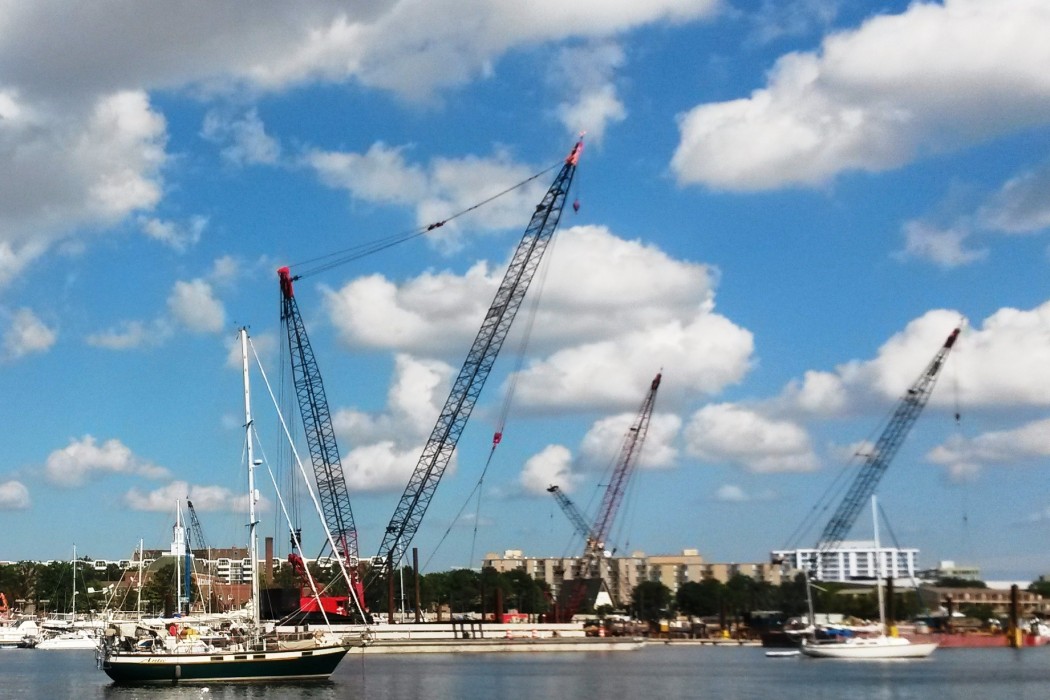A new study published in the journal The Professional Geographer, by Emil Malizia at the University of North Carolina at Chapel Hill and Yasuyuki Motoyama at the Ewing Marion Kauffman Foundation, takes a closer look at this connection between community vibrancy and economic growth in urban and suburban neighborhoods—this time looking at Census tracts across the greater Washington, D.C. region.
Greater DC is an appropriate place to examine this connection for two reasons. On the one hand, D.C. is one of the nation’s leading knowledge economies. On the other, D.C. has a wide range of urban and suburban communities, with vibrant urban districts such as its redeveloped downtown, Dupont Circle, and U Street Corridor; dense, mixed-use transit-oriented suburbs such as Bethesda, Arlington, Alexandria, and Reston; and more traditional suburbs and edge cities such as Fairfax and Silver Spring.
As the authors point out, the study’s findings move us beyond the overly simplistic dichotomy of dense, diverse cities and decentralized, car-dependent suburbs to “a more complex picture” of metros made up of “nodes of vibrancy.”
Simply put, it is the vibrancy of a neighborhood—not whether it’s urban or suburban—that attracts high-growth firms and helps bolster a high-growth regional economy.
[2014 phone photo of redevelopment on DC’s Southwest waterfront by Storm Cunningham]

